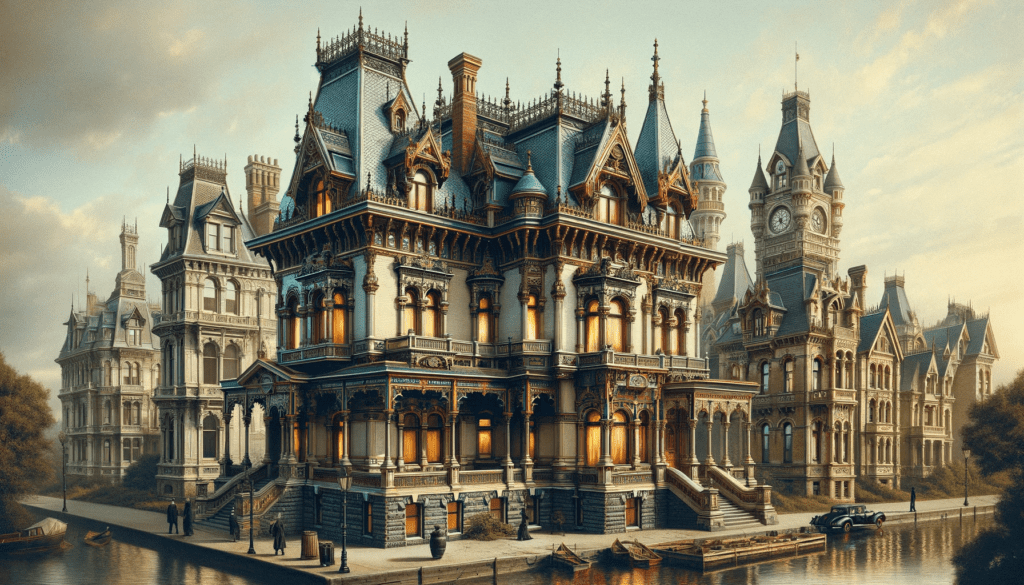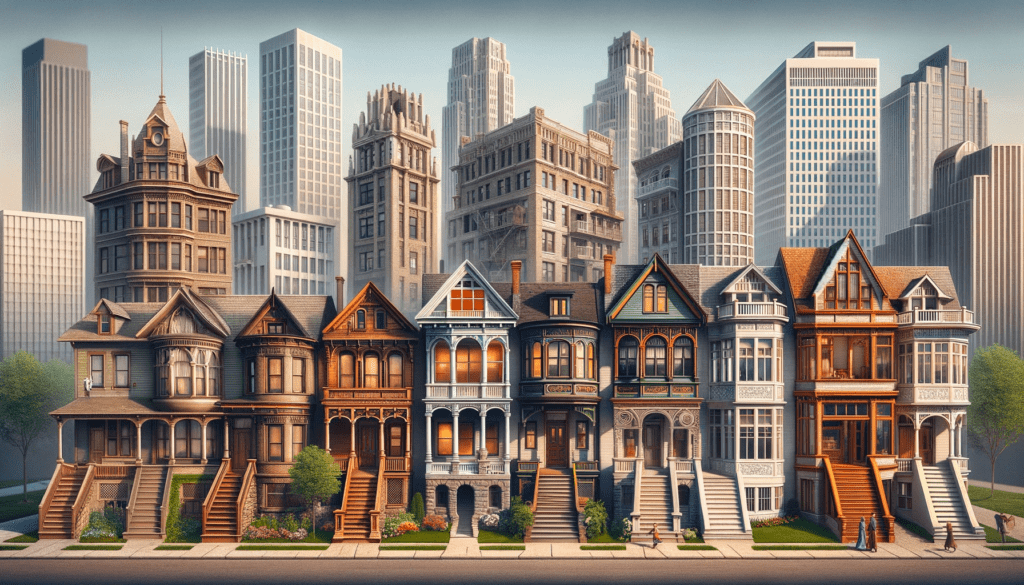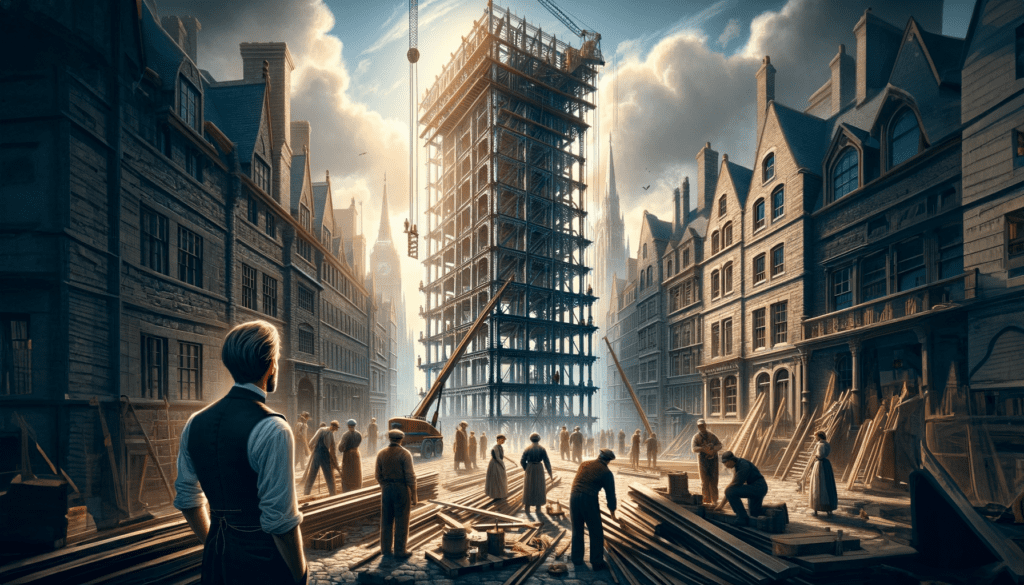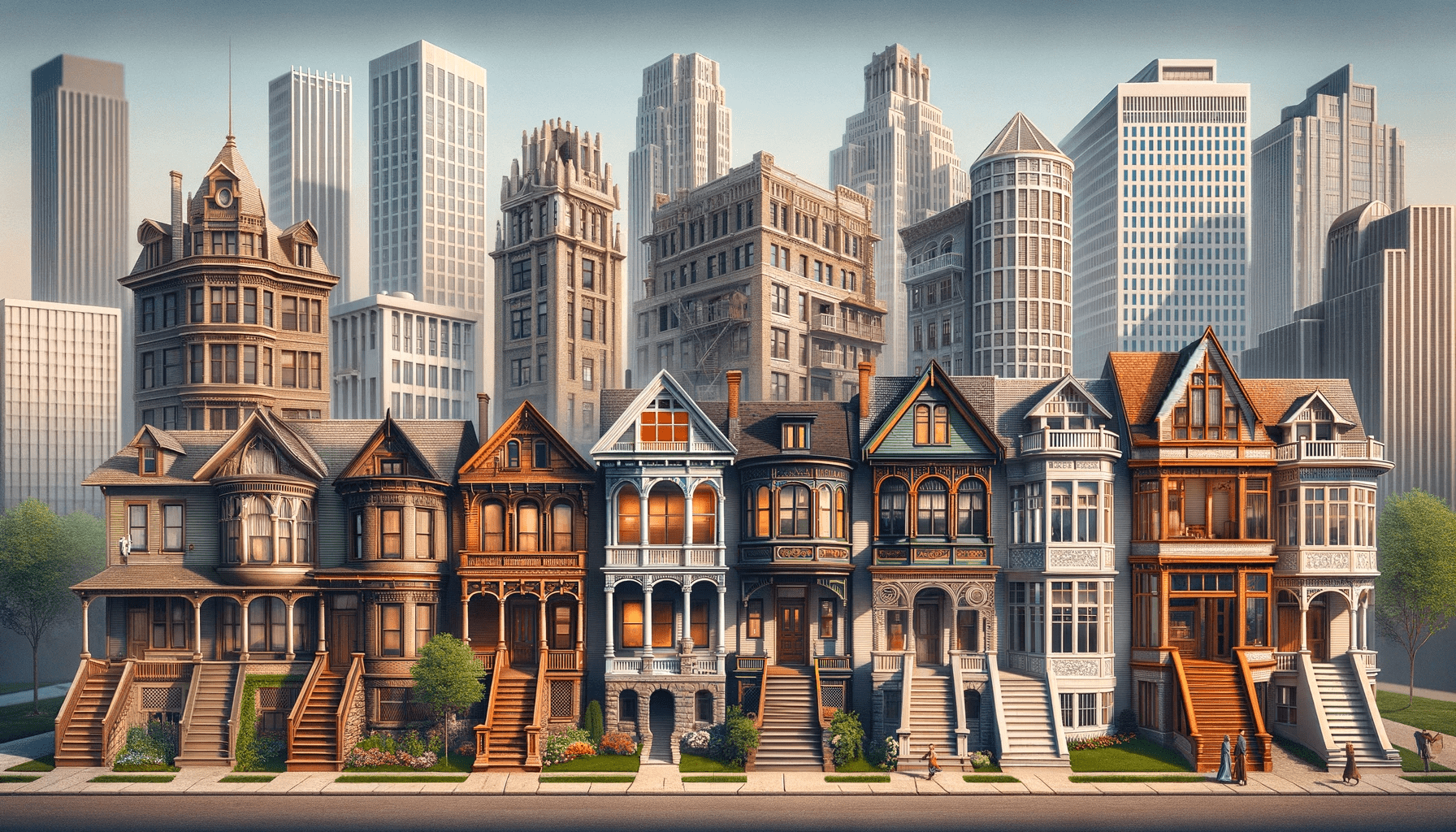Introduction
The world of housing went through remarkable changes between 1830 and 1930. This period, marked by industrial progress and cultural shifts, saw a transformation in how houses were designed, built and lived in. In this blog, we explore this fascinating evolution of housing worldwide.
1830-1850: The Industrial Revolution and the Birth of Modern Architecture
The early 19th century was a time of industrial renewal, which also influenced housing construction. The Industrial Revolution introduced new building materials such as iron and glass, leading to the first steps toward modern architecture. This period saw the rise of the first skyscrapers and factory housing, especially in rapidly growing urban areas in Europe and North America.
Characteristics of this Period:
- Use of new materials such as iron and glass.
- Emergence of the first skyscrapers in cities such as New York and Chicago.
- The start of urban planning.
1850-1900: The Victorian Influence and Diversification in Building Styles
The late 19th century saw a diversity of architectural styles. The Victorian style, named after Queen Victoria of England, was popular in the United Kingdom and its colonies. This period was characterized by detailed decoration and a mix of historical styles. At the same time, in other parts of the world, we saw a movement toward simpler and more functional housing.
Key Developments:
- Rich ornaments and complex designs in Victorian architecture.
- The rise of the Arts and Crafts movement, which emphasized simplicity and craftsmanship.
- Experiments with new building techniques and styles, including art nouveau.
1900-1930: The Era of Modernism and International Styles
The early 20th century was a period of great change in architecture. Modernism, with its emphasis on functionality and simplicity, began to prevail. This period saw the rise of the international style, characterized by clean lines, open spaces and the use of modern materials such as concrete and steel.
Changes in this Period:
- The influence of the Bauhaus school, which promoted an integration of art, craft and technology.
- The rise of Art Deco, which exuded luxury and exoticism in buildings and interiors.
- The popularity of the bungalow style, which offered affordable and practical housing.
Conclusion: The Impact of a Century of Change
The period from 1830 to 1930 witnessed an unprecedented evolution in housing construction. From the Industrial Revolution to Modernism, each phase brought new ideas, materials and technologies that fundamentally changed the way we build and inhabit homes. This historical journey shows not only the change in aesthetics and style, but also the adaptation to social, economic and technological changes worldwide.






Leave a Reply